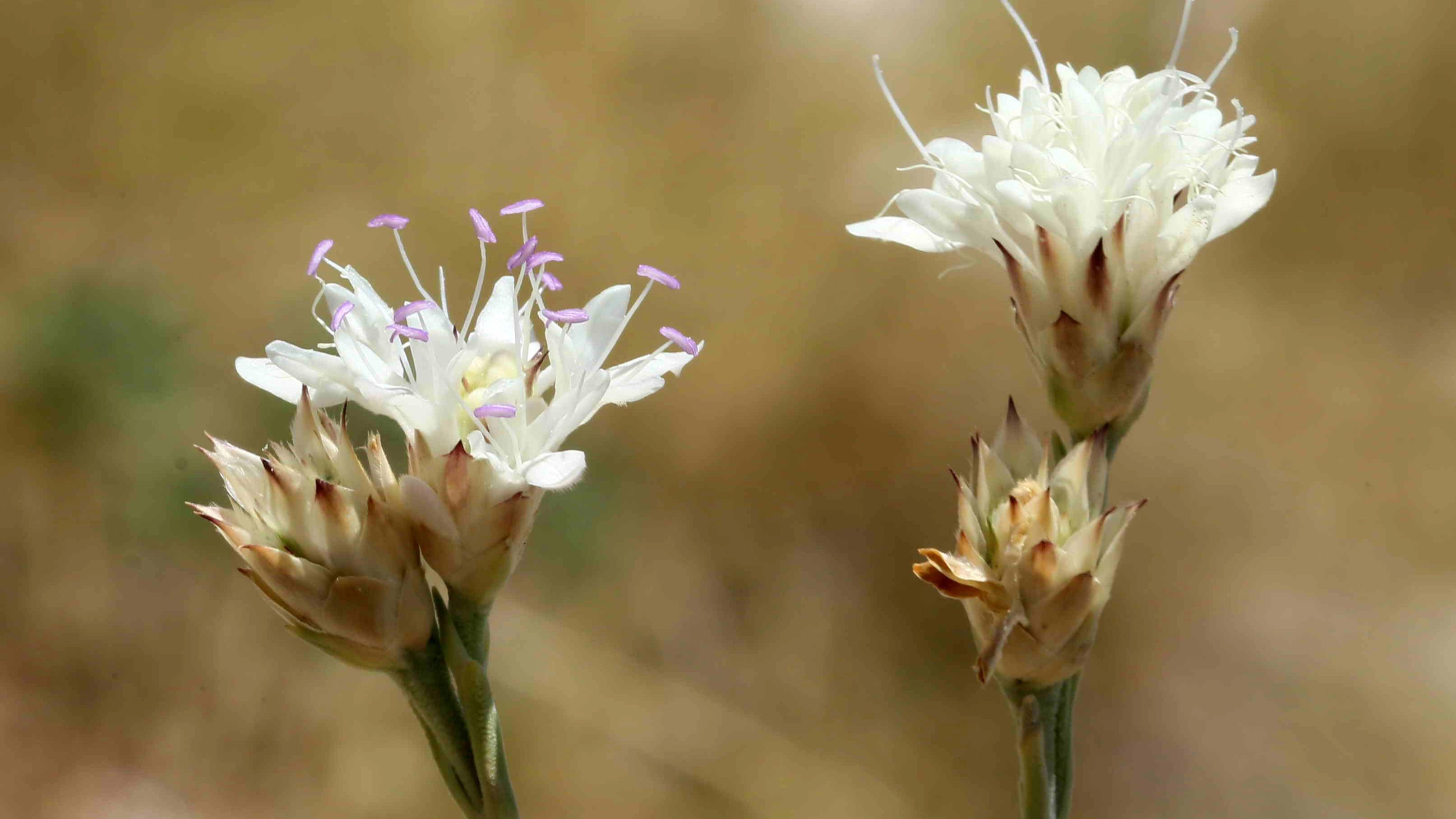
The diversity of plants in Türkiye is unparalleled. The flora of the country consists of almost 10,000 species of plants; moreover, one-third of the plants growing in Türkiye are endemic, meaning that they are unique to the particular land that they grow on and cannot grow elsewhere. Imagining that such a vast number of plant species can be found in a single defined geographic location is just incredible.
The reason for having such a plant richness is due to the unique geography of Türkiye. Having a glimpse at the map suffices to reveal the reason for such diversity. Anatolia stands like a bridge between the continents of Asia and Europe, flanked by three major seas, bounded by the Black Sea to the north, the Aegean Sea to the west, and the Mediterranean to the south. Also called Asia Minor, Anatolia not only stretches from Asia to Europe but also creates a passage zone between Russia in the north and Africa in the south. This unique location makes the peninsula rich in varied climatic conditions; hence, the country is divided into three main floristic areas: the Mediterranean, Euro-Siberian, and Irano-Tranian areas. Plus, the landscape is both mountainous and quite fragmented, creating isolated climatic zones, which are another reason for the high proportion of endemic plant heritage.
Studying plants has always been a major interest of humankind. Botanical documentation of plants needs accurate drawings. Since De Materia Medica, the colossal five-volume book of Greek botanist, pharmacologist, and physician Dioscorides, plant studies have been a guide to humanity in using plant drugs. His immense study was copied into Latin and Arabic and remained in circulation through the early modern period. In all its editions, naturally, the plant drawings have been an invaluable source of knowledge for botanical studies. The amazing biodiversity background of Anatolia was the core of De Materia Medica's work; his studies stemmed from this bountiful nature. No wonder Dioscorides was a native Anatolian, from Anazarbus in the Cilician plain (Çukurova), located in today’s Tarsus in Adana, born to the richness of this geography.
Can you paint me a flower?
Now, there is an exhibition dedicated to this plant heritage. The exhibition titled “Anatolian Plant Legacy” at Istanbul’s Salt Beyoğlu gallery reveals this astonishing richness, bringing together 80 works by 47 botanical artists from Türkiye. Alongside the drawings, the exhibition features a range of resources, including herbarium specimens, historical texts, and manuscripts. Anatolian Plant Legacy is part of the Botanical Art Worldwide 2025 program, organized by the American Society of Botanical Artists with the participation of 30 countries. This exhibition is realized by the Botanical Art Committee (BİRET) of the Flora Research Association, which has been engaged in research and educational projects in floristic botany since 2005.
Scientific botanical illustration is extremely important in floristic studies. Since ancient times, poisonous and edible plants have needed to be painted to be identified correctly. As in the case of Dioscorides, plant illustrations have been an indispensable source of information across geographies. During the period of exploration, one of the most important goals of explorers setting foot on new lands was to document the new plants they encountered. A detailed depiction of every plant feature, from root to stem and seed to flower, is crucial for accurate identification. People often wonder if painting a plant is really necessary in the age of advanced technologies, when you can just take a photograph. However, a photograph can never fully capture all the information about a plant. To fully reflect a plant’s characteristics, one can draw details that cannot be seen in a photograph, bringing together all the features that define the plant in a single picture from root to stem and beyond. One can also show a plant’s seasonal cycle, i.e., its stages, such as seed, flowering, and fruit. At this point, the illustrator must observe the plant in person. Thus, botanical drawings made with accurate, scientific criteria are indispensable for scientific studies.
The focus of the exhibition in Salt Beyoğlu is a homage to plants that have existed in Anatolia for thousands of years. This plant richness has a pivotal place in our lives, in our kitchens and on our tables, and has a significant place in folk medicine. In short, Anatolian plant diversity is central to Anatolian life. The selection in the exhibition includes cultivated cereals, field crops, vegetables, and fruits, as well as plant species used for healing or other purposes. All these plants have been transferred to the drawings with the detailed observations of the plant artists. Each is presented as a witness to the shared heritage that shapes Anatolia’s distinctive colors, textures, tastes and aromas. The exhibition aims to make visible the genetic and cultural heritage of local plant species in the face of the climate crisis and industrialized production models that threaten agricultural diversity and draw attention to the vital importance of safeguarding this heritage for the future of biodiversity and food security.